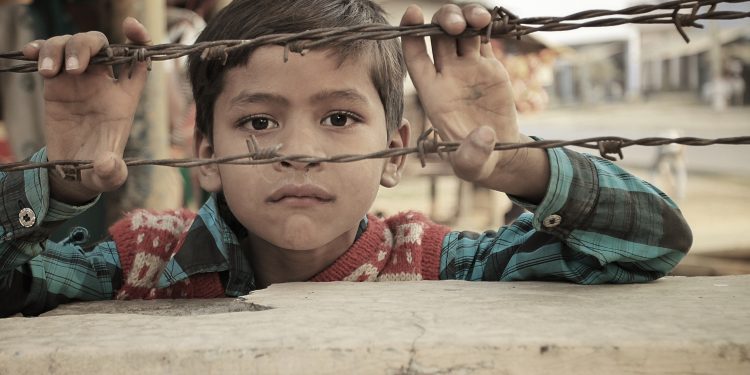Child Mental Health: Listening to the Unheard Voices

Introduction
Recently, a 14-year old boy from Mumbai killed himself, allegedly due to the Blue Whale game. This incident does not only re-highlight the cons of technology but also strongly raises the question of ignored mental health among children which is a cause of concern and requires a serious call of action, not only because the future of our country depends upon these children, but also because each child deserves the right to live a life without the burdens of camouflaged identities and emotions.
According to the last surveys conducted by the National Institute of Mental Health and NeuroSciences, the prevalence of mental disorders in the age group 13-17 years was 7.3 % in 2015-16 and nearly equal in both genders. Further, the survey highlighted that 9.8 million of young Indians aged between 13-17 years are in need of active interventions. The National Mental Health survey pointed out that the prevalence of mental disorders was nearly twice (13.5%) as much in urban metros as compared to rural areas (6.9%) . The most common prevalent problems requiring urgent interventions were found to be depression(6.9%), anxiety(15.5%), suicidal ideation(5.5%) .
An Attempt to Understand the Mind of a Teenager
While the fact that it interferes in their proper growth, development and day to day social interactions is undisputed, their vulnerability is greater due to several factors within and outside home. When a child is born, it’s mind is like a blank canvas on which it can paint meanings of it’s own. But this blank canvas is painted by every person around him/ her but himself. A child internalizes every thought, every opinion from the people around him, primarily, his family and friends. The fact that is often ignored is that even when these children grow up and become capable of thinking on their own, they do not in fact, think. Rather, they continue living with the opinions and thought process that they had internalized from others.
Due to this, a child becomes paralyzed with the thinking of others and finds himself helpless in realizing who he really is or wants to do in life leading to stress that is accumulated inside his mind for a long time until he finds someone to share it with, which may or may not always happen. When the expectations of people are forced on him at a time when he himself is only beginning to understand the world around him and most importantly understand what he wants from life, he feels as if life is only about competition.
What makes it worse is the social media where, people post details of every small event in their lives, which unknowingly adds to the already piled up insecurities and stress among the children by comparing their lives with that of others’. The need to be wanted, accepted and the need for emotional support makes them succumb to unhealthy peer pressure.
Parents play the most important role in nurturing a child’s mind. When in this fast-paced society, a child is neglected by his parents, the stress and the inability to fully comprehend their thoughts makes children depend on easily available technology to divert their mind and find comfort and end up being addicted to these games.
They find refuge in a virtual world rather than facing the ever-confusing real world. The worst part is that these unheard voices remain bottled up inside for a very long time.
Solutions
Family is the primary sphere of growth, development and nurturing of children while school is the secondary sphere of intellectual growth, socialization for children. Thus, the role of parents and teachers is the most important in a child’s mental development. It is said that the best inheritance a parent can give his child is a few minutes of his time each day. Talking to children and becoming friends with them so that they can confide in them and not feel alone in all the changes they undergo during their childhood is the least parents can do. Schools can be endowed with strategies that promote positive mental health like teaching social and emotional learning, appointing counsellors with whom students can freely interact.
A teacher’s role is not only to teach a particular subject to the children but also to help the children understand it at their own pace and to motivate them to be better than yesterday not only at studies but at all levels of their lives. A teacher should not be someone whom a child fears but someone whom he looks up to. Experts believe that mental health awareness programs should be organized in schools. But most importantly, parents and teachers should be role models for the children because children are great imitators. They must be given something great to imitate.
Conclusion
The analysis of the recent upsurge of suicidal methods among children highlights the urgency of certain changes in our societal behavior and the need to continuously engage ourselves in making our society healthy enough so as to provide a positive ambience to help children grow and think better. According to child psychologist Haim Ginott, “children are like wet cement, whatever falls on them makes an impression’’. Indeed, what they see and listen to has a deep impact on their mind and we must make sure that we adults nurture these delicate minds with greater care and responsibility because as Frederick Douglass says ‘it is easier to build strong children than to repair broken men’.




